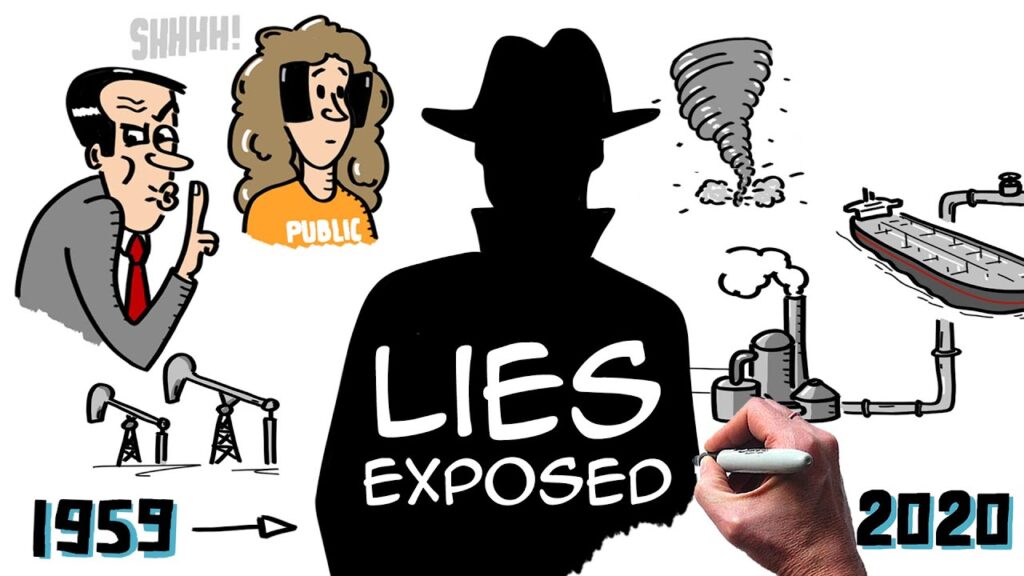Forget What You’ve Heard: Oil and Gas Are Actually “Renewable” Resources

Big Lie About Oil
The Big Lie About Oil!!!

A few years ago a client of mine who owns several oil rigs in Texas told me something that I found amazing. It started when I told him that Barak Obama had spoken about Mars and it then sparked a fascinating conversation. Obama had said that Methane Gas had been found on Mars.: (Martian Rover Makes Curious Methane
Discovery). This was amazing to me because we have been taught methane gas comes from dinosaurs that died millions and billions of years ago and that fossil fuel was a limited source of energy. (Fossil fuels appear to release far more methane than we thought) My question then was, is Barak telling us there were dinosaurs on Mars?
I asked him that very question and he laughed. He then told me that its more probable that at some point in time there were plants on Mars. He then explained that oil was created from all organic material and is a renewable resource. He said that oil rigs will be capped off and years later reopened and used again, he said they refill themselves over time. He said look at everywhere petroleum is used, every engine, plastics and more. He then asked me a question; He asked how many freaking dinosaurs do you think there where? He said it is the most powerful, plentiful, reusable substance on earth. He also asked me to look at the Periodic table and show him Carbon monoxide (chemical formula CO). He asked me, isn't that the very thing planets breath and then create oxygen? I said, as far as I know it is. He said, it is! He told me that it's the government that forces companies to put in additives that create the carcinogens that pollute the planet ( Fuel Additive Under Attack as Health Risk ) (Gasoline additive is linked to cancer)
Conclusion: Our government is lying to us in an effort to extort money through taxes and regulation to control us. Petroleum is a renewable resource in abundance that is actually good for our planet. It feeds our plants. Want to remove carbon from the air? PLANT A TREE!!! What makes it bad is government agencies get involved and force companies to adds poison to it. Our planet is designed to deal with HUGE amounts of Carbon Monoxide. What do you think is expelled when a volcano goes off? (Volcanoes add more carbon dioxide to our atmosphere than human activity) Wake up people scientist have an agenda and are funded by government agencies that pay them to say what they want so they can tax us and get richer. How do you think all these politicians get so rich? Follow the money. The "green" agenda is an evil lie used to control people.
Well that is my 2 cents...
Fossil fuels might not just come from fossils after all.
GREEN CRUDE OIL. PHOTO CREDIT: SAPPHIRE ENERGY.
We've been taught that fossil fuels, like oil and natural gas, formed hundreds of millions of years ago. Prehistoric animals that once roamed the earth died. From the buried remains of these animals as well as plants, a natural decomposition process took place that required eons of time, intense heat, and a lot of pressure. This prehistoric process formed the fuels we now use today to run our modern economy.
Given that it took millions of years to fill the earth up with oil and gas, there has always been a concern over how fast we are consuming these resources. This is what sparked the Peak Oil Theory, which states that with a finite resource like oil it will at some point hit its production peak and then it will be all downhill from there. That's unless of course oil and gas are not finite resources, but instead turn out to actually be more renewable than we thought.
Renewable oil: From algae to green crude oil
Given the theory that fossil fuels were created by former living organisms, it suggests that given enough time, heat and pressure all fossil fuels would be "renewable." So, theoretically, millions of years from now today's organic matter could become oil. It's the time involved in this process that has kept oil from being considered a renewable resource. That, however, is beginning to change.
PHOTO CREDIT: SAPPHIRE ENERGY.
Scientists are using algae to create a biofuel that closely resembles crude oil. This's actually not all that surprising given that most of the oil found in shale is thought to come from marine algae that was buried and converted into oil as it cooked underground over time. However, a new process discovered by researchers at the U.S. Department of Energy's Pacific Northwest National Laboratory has found a way to speed up the cooking process so that it can now convert a small mixture of algae and water into a kind of crude oil in less than an hour.
The process, which is called hydrothermal liquefaction, can even be used on other organic material like municipal sewage and be used as a drop in oil feedstock for refineries that process crude oil. Given the rapid time this oil can be created, it certainly calls into question the idea that oil can't be a renewable resource.
One company that's leading the way to grow crude oil is Sapphire Energy, which is working on a commercial demonstration scale algae-to-energy facility in New Mexico. The green crude oil, as its being called, requires sunlight, non-potable water, non-arable land and air to turn algae into oil. It's main energy source is actually carbon dioxide as the algae converts it into oil. In fact, the algae consumes 12 to 14 kg of carbon dioxide per gallon of green crude that is produced, so because the process consumes carbon dioxide, it yields a 70% reduction in greenhouse gas emissions when compared to using traditional oil as a transportation fuel.
The green crude oil that will be produced from that farm will be chemically identical to traditional crude oil. That will allow the oil to be used in most refineries to be turned into gasoline, diesel, or jet fuel. What's remarkable is that the process takes just a matter of weeks as opposed to hundreds of millions of years.
Renewable natural gas: Methane-belching microbes and more
Natural gas, likewise, could be considered a renewable fuel. Biogas, biomethane, or renewable natural gas is produced by organic waste as it breaks down. It is produced in landfills, wastewater treatment plants, commercial food waste facilities and farms. That raw biogas, however, can be collected and upgraded to meet natural gas pipeline quality specifications and then can be used just like the natural gas we get from a fossil fuel well. In fact, companies like Clean Energy Fuels (CLNE 1.41%) source renewable natural gas from farms and landfills to be used as a transportation fuel, which it has branded as Redeem. Meanwhile, Waste Management (WM -0.49%) has developed a technology that converts landfill gas into a fuel it uses for its fleet. Finally, some landfills capture methane and use it to produce electricity.
METHANE FROM A LANDFILL THAT'S USED TO GENERATE ELECTRICITY. PHOTO CREDIT: FLICKR USER GENE SPESARD.
Landfills, however, are far from the only renewable source of methane gas. Wetlands, livestock, termites, and even methane-belching microbes produce natural gas, suggesting that it's not necessarily just a fossil fuel. Like algae oil this process could one day be commercialized. That would have the potential to produce abundant, renewable natural gas a whole lot quicker than the millions of years it took to create our current sources of natural gas.
There is a lot we still don't know about our world. While we're pretty sure that the oil and gas we use to fuel our economies came from a prehistoric world, that might not be the only source of this energy in the future. With science now beginning to figure out how to speed up the process, we might one day live in a world where oil and gas are both completely renewable resources.




